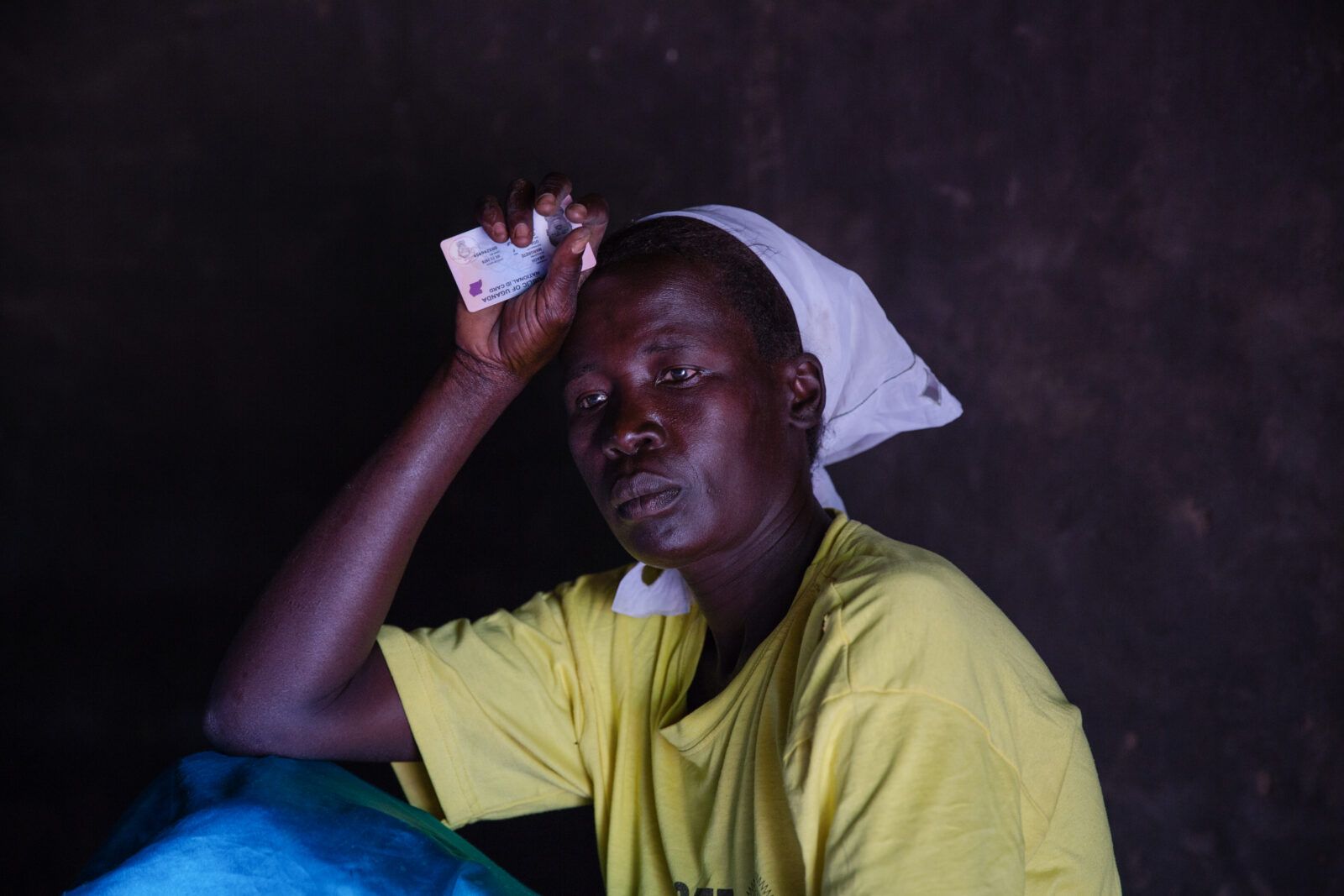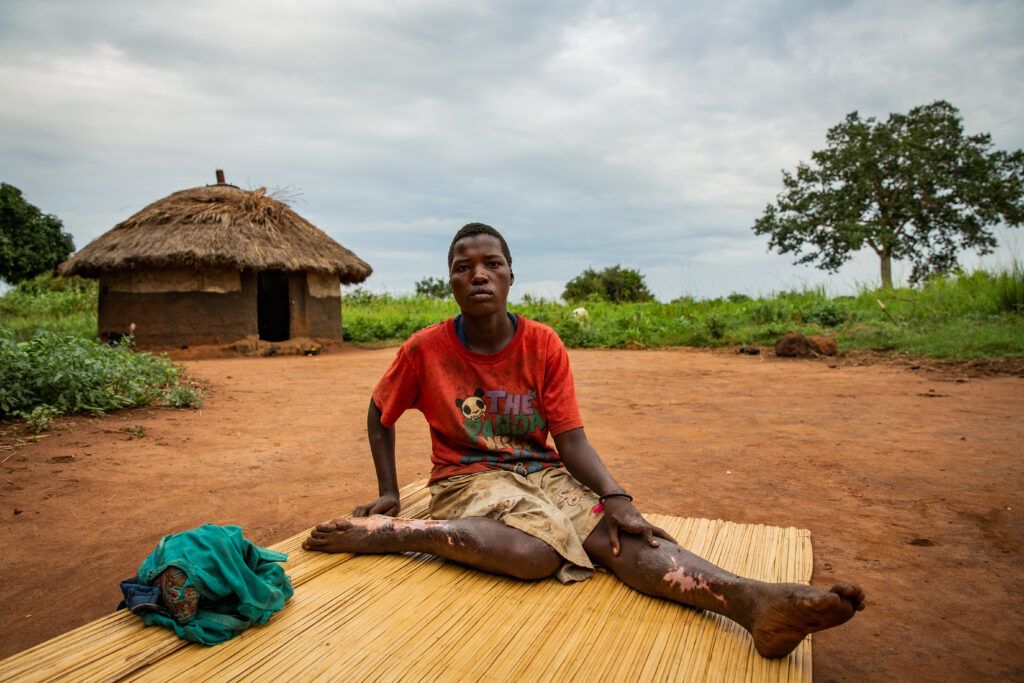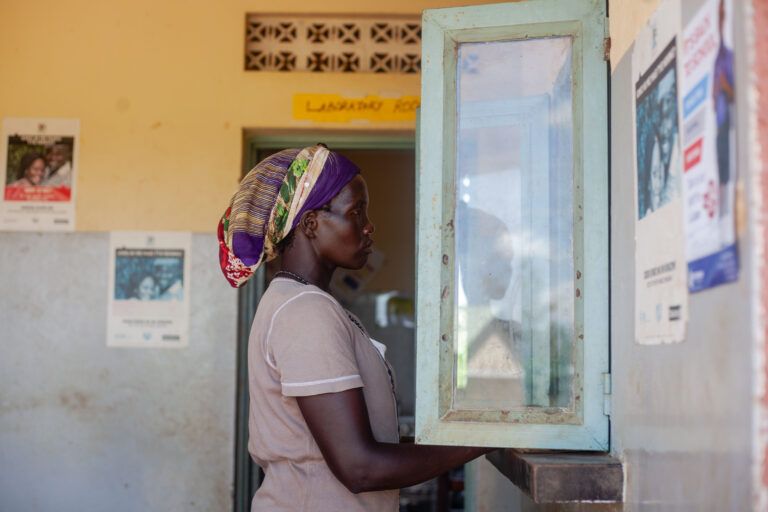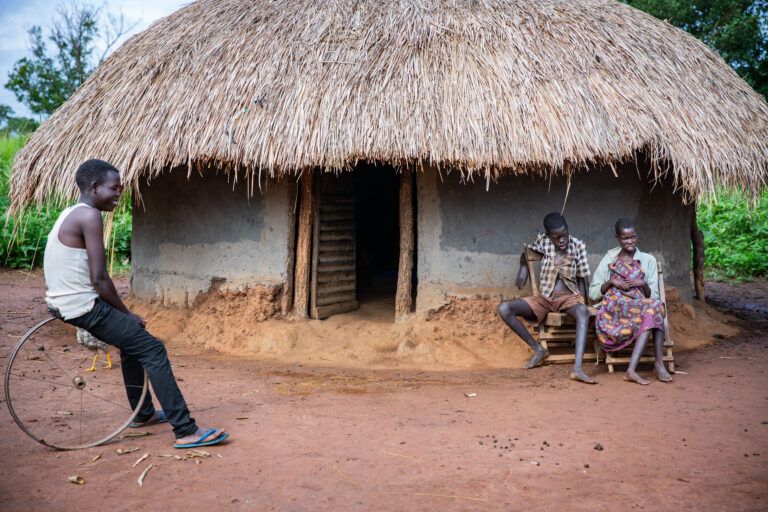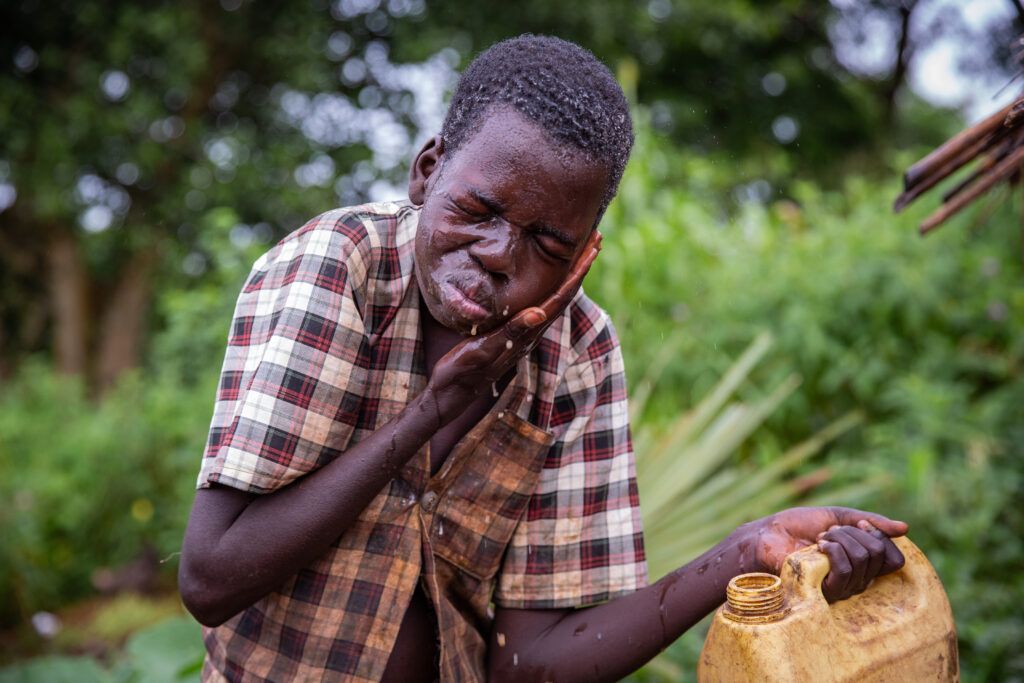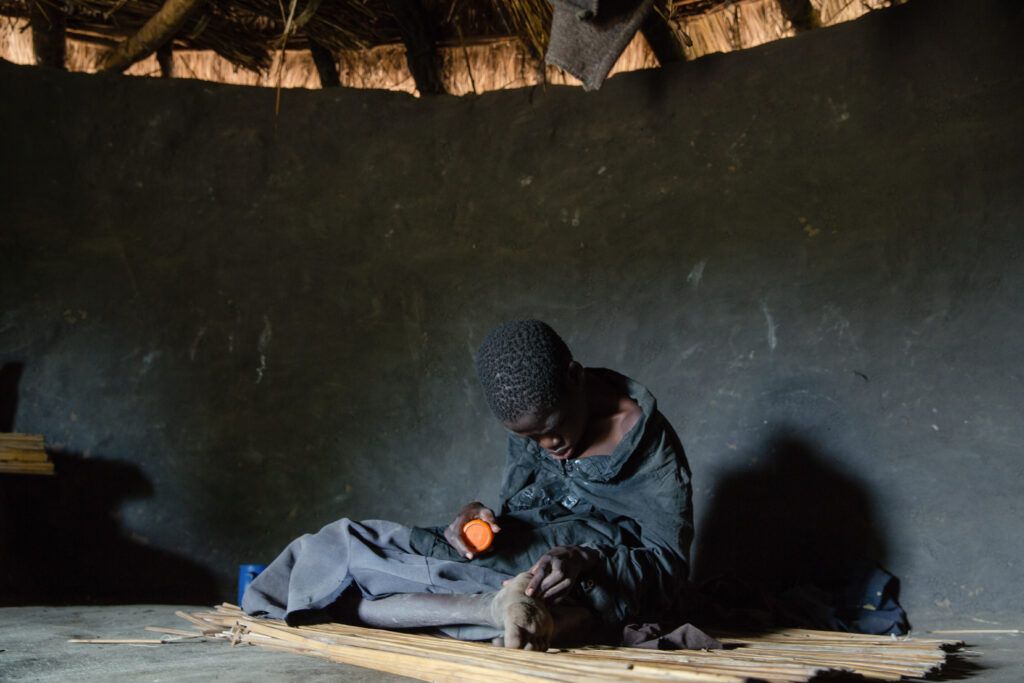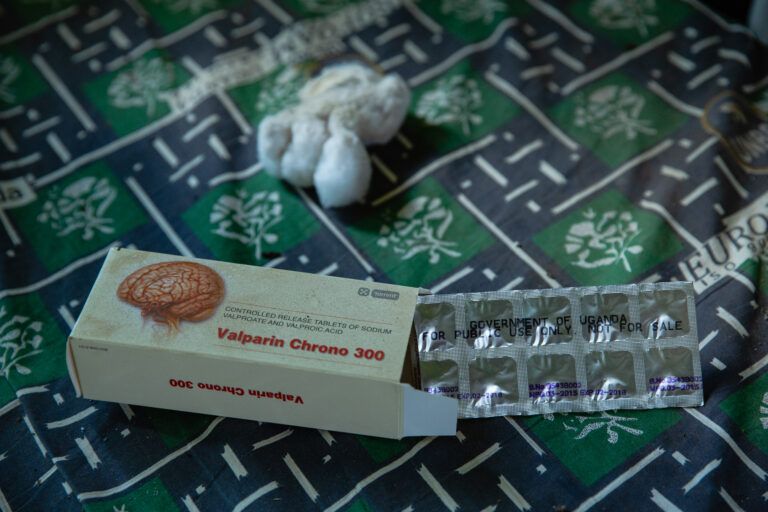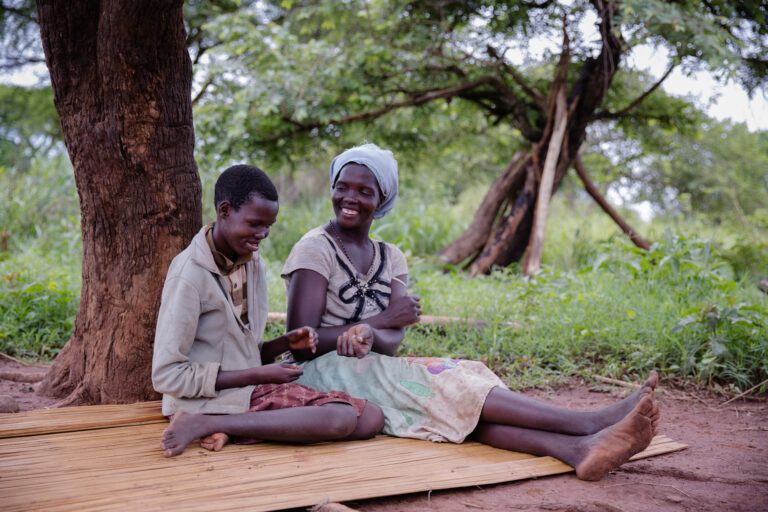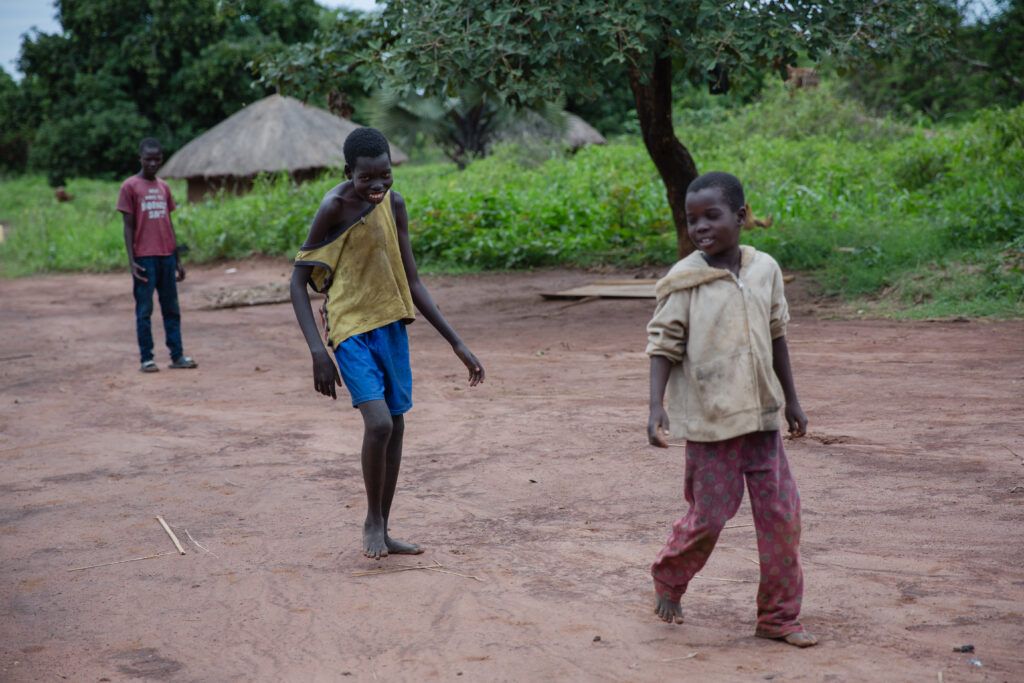September 26, 2019 | STAT
Two decades ago, in a small pocket of Northern Uganda, something peculiar and tragic started happening. Children began suffering seizures, not just occasionally but numerous times a day. Their neck muscles would go temporarily limp, causing their heads to bob.
The illness came to be called nodding syndrome. Nobody knew where it came from, but it devastated many of its victims, causing severe developmental delays and psychiatric disturbances. Many died from having seizures at unfortunate moments that resulted in burns, falls, or drownings.
Then it disappeared, just as mysteriously. No new cases have been reported since 2015, according to the Ministry of Health...
